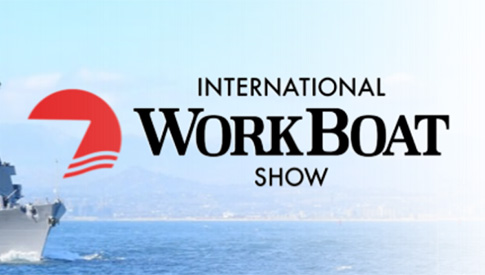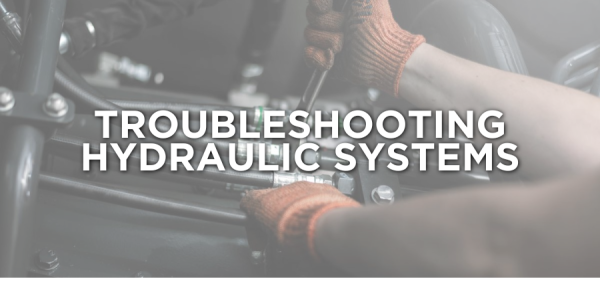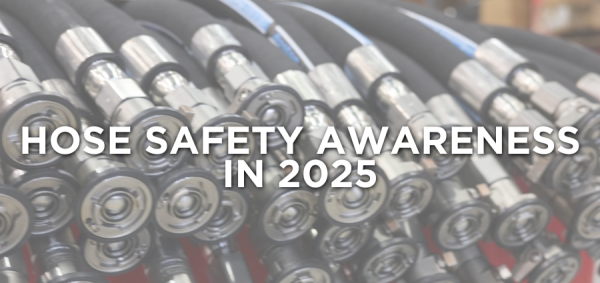In the oil and gas industry, high-pressure flow iron manifolds are critical for managing fluid flow, monitoring wellbore pressure, and safely isolating equipment for repairs. For decades, these systems have been essential across a range of applications, including flowback, drill-outs, choke and kill operations, debris catching, and cementing. Despite advancements in automation and safety technologies, manually operated high-pressure manifolds remain widely used due to their simplicity and cost-effectiveness.
This blog is the first in a series that will examine the five primary technologies used to operate and control manifold valves: manual, hydraulic, pneumatic, electric, and wireless. Here, we’ll take an in-depth look at the features, advantages, and limitations of manually operated high-pressure manifolds and explore why they remain prevalent in the industry.
Key Components of Manually Operated High-Pressure Manifolds
While high-pressure manifolds vary in design and purpose, the core components are similar across applications. These essential parts include:
- Plug Valves: Responsible for isolating fluid flow on either side of the manifold. They function as on/off valves, allowing operators to control the flow path.
- Choke Valves: Used to regulate flow, typically adjusted based on other application measurements like wellbore pressure or downstream flow.
- Conductors (Flow Iron): Commonly referred to as flow iron, these components—tees, crosses, pipes, and hammer unions—help manage the directional flow of fluids through the system.
Both plug and choke valves need an operating mechanism for opening or closing, which achieves the desired application outcomes. Although advanced technologies like hydraulic, pneumatic, and electric actuation have emerged, manual operation remains the most common method for plug and choke valve operation. Below, we’ll explore why manually operated manifolds still hold significant value in the field, as well as the challenges they pose.
The Role of Manual Operation in High-Pressure Manifolds
Manual operation of high-pressure manifolds involves technicians physically turning gear operators or handwheels to control valves. Despite potentially hazardous conditions and the high pressures associated with oilfield production, this method is favored for its straightforward design, affordability, and lack of technological complexity. However, two critical factors must be carefully considered: safety and human error.

Safety Considerations for Manually-Operated Manifolds
Technician safety is a top priority when operating high-pressure manifolds. Because plug and choke valves must be adjusted at the source, operators are required to approach the manifold directly, often in high-pressure, high-flow scenarios. Any minor issue—such as a loose pipe connection or compromised flow iron—could result in equipment failure and lead to serious injuries or property damage. This hands-on approach exposes operators to elevated risks and emphasizes the need for careful execution and strict adherence to safety protocols.
Risks of Human Error in Manual Valve Adjustments
Manual adjustments also leave room for human error, which can lead to costly or dangerous outcomes. Opening or closing the wrong valve, or making incorrect adjustments to flow rates, can have significant impacts on production. Technicians use handwheels to adjust choke valves and often monitor stem travel visually to control flow. Given the short travel distance from one position to the next, it’s easy to accidentally overshoot the intended setting, creating the potential for operational inefficiencies or unintended outcomes.
Advantages of Manually-Operated High-Pressure Manifolds
Manual high-pressure manifolds have clear benefits, making them popular across a range of oilfield applications. Key advantages include:
- Cost-Effectiveness: Manual manifolds are relatively inexpensive, requiring minimal equipment and limited technology. This makes them an attractive option for operations seeking cost-efficient solutions.
- Simplicity: Manually-operated manifolds are easy to use, with gearboxes and handwheels facilitating straightforward valve operation. This simplicity also translates to faster training times for technicians, enhancing overall ease of use.
- Environmental Considerations: Unlike hydraulic systems that may require oil, manual manifolds eliminate the possibility of fluid leaks, which could harm surrounding environments. This can be a significant benefit in environmentally sensitive regions.
- Certification Compliance: Manually-operated manifolds are generally designed to meet applicable hazardous area certifications, making them suitable for high-risk environments without additional modifications.
Disadvantages of Manually-Operated High-Pressure Manifolds
While they offer significant advantages, manually-operated manifolds also have limitations, particularly in areas of safety, control, and operational efficiency:
- Safety Risks: Operators must be near the manifold to adjust valves, exposing them to potential dangers in high-pressure, high-flow environments. Even with proper training, these conditions present inherent risks.
- Limited Control: Manual manifolds lack feedback sensors or monitoring capabilities, so operators must rely on their observations and experience to manage valve positions and flow rates. Without real-time feedback, there’s no way to remotely monitor or automate system conditions, which can hinder efficiency and precision.
- Mobility Challenges: Technicians must approach the manifold each time a choke adjustment or valve change is required, which can slow down processes. This manual mobility can also increase risk during high-pressure operations.
- Extended Rig-Up and Rig-Down Times: Manually-operated systems often take longer to set up and dismantle. In situations where time is critical, such as during drilling or flowback operations, this added time can be a drawback.
The Future of Manually-Operated Manifolds in Oilfield Applications
Despite the growing push for automation and increased safety, manually-operated high-pressure manifolds continue to hold a strong position within the oil and gas industry. Their simplicity, cost-effectiveness, and low environmental impact make them an enduring solution. However, advancements in safety and technology are paving the way for alternative solutions that address the limitations of manual systems.
Manual manifolds are likely to remain in use for applications where cost constraints and ease of use are priorities. Yet, the demand for improved operator safety and enhanced monitoring capabilities is driving interest in other manifold technologies, such as pneumatic, hydraulic, electric, and wireless systems. These alternatives offer remote control, automated feedback, and enhanced safety features that minimize operator risk and optimize flow management.
Pros and Cons of Manually-Operated High-Pressure Manifolds
Advantages:
- Cost-Effective: Manual systems require minimal equipment and are more affordable compared to advanced automation systems.
- User-Friendly: Simple handwheel or pipe bar operation makes these systems accessible and easy to use.
- Environmentally Friendly: No risk of fluid leakage, as there are no hydraulic or pneumatic fluids involved.
- Compliance: Designed to meet hazardous area certifications, making them suitable for challenging environments.
Disadvantages:
- Safety Concerns: Operators need to be near the manifold during high-pressure operations, posing safety risks.
- Lack of Automation: No feedback or monitoring for valve positions or system health.
- Operator Mobility: Requires the operator to approach the manifold every time an adjustment is needed.
- Time-Consuming Setup: Rig-up and rig-down times are generally longer than automated systems.
Looking Forward: Exploring Alternative Manifold Technologies
In the upcoming blog posts in this series, we’ll explore other technologies used to operate high-pressure flow iron manifolds, including:
- Pneumatic Systems: Allow for remote operation and faster response times, enhancing control and safety.
- Hydraulic Systems: Provide powerful and precise control, ideal for high-pressure applications requiring frequent adjustments.
- Electric Systems: Offer automated monitoring and control, reducing manual intervention and improving safety.
- Wireless Solutions: Enable remote access and real-time data monitoring, making manifold operation safer and more efficient.
Each of these technologies offers unique benefits designed to address the limitations of manual operation. By embracing these advanced solutions, the industry can reduce risk, improve efficiency, and enhance overall safety.
Conclusion
Manually-operated high-pressure manifolds are a proven technology that continues to serve the oil and gas industry reliably. Their simplicity and cost-effectiveness make them a go-to choice for many applications, especially where budget constraints exist. However, the need for increased safety, real-time monitoring, and automation is driving the industry to explore alternative manifold technologies.
Stay tuned for the next article in this series, where we’ll dive into pneumatic systems and how they are changing the landscape of manifold operation. For those seeking to optimize oilfield operations with enhanced safety and control, these upcoming technologies offer promising solutions.




